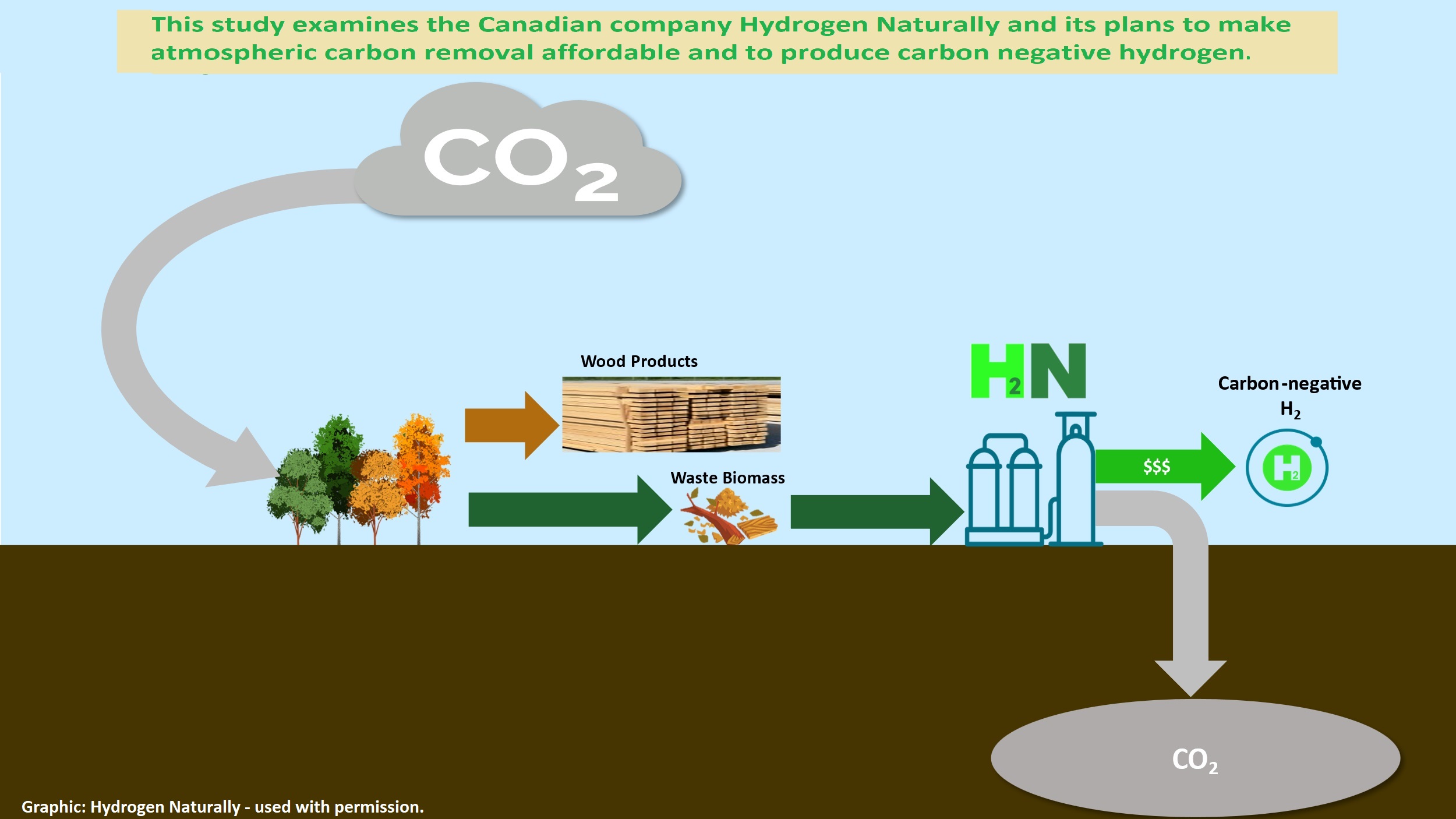Volumes & Issues
Contact
For any inquiries regarding journal development, the peer review process, copyright matters, or other general questions, please contact the editorial office.
Editorial Office
E-Mail: rse@elspub.com
For production or technical issues, please contact the production team.
Production Team
E-Mail: production@elspub.com
No items found.
High-strength polyvinyl alcohol/epoxy-functionalized gallic acid dual-crosslinked binder for silicon anodes
DOI: 10.55092/rse20240007
Received: 05 Jul, 2024
Accepted: 20 Aug, 2024
Published: 28 Aug, 2024
Silicon is increasingly recognized as a promising candidate for the next generation of high-capacity anodes in lithium-ion batteries. However, its substantial volumetric changes during charge and discharge cycles significantly reduce battery lifespan, which hampers its further development and practical application. Developing novel binders represents a critical strategy to overcome these challenges. PG (modified gallic acid crosslinked polyvinyl alcohol) exhibited excellent adhesion (1.28 N) and mechanical strength (89 MPa). Moreover, at a current density of 420 mA·g-1, the PG55 (polyvinyl alcohol: modified gallic acid = 50:50 wt %) electrode maintained an impressive specific capacity of 2480 mAh·g-1 after 100 cycles. Further increasing the current density to 840 mA·g-1, the PG55 electrode retained a capacity of 1822 mAh·g-1 after 200 cycles, while maintaining high coulombic efficiency throughout the cycling process. This study provides a significant reference for the ongoing evolution of binders applied for silicon anode.
A Canadian case study of carbon dioxide removals and negative emission hydrogen production
DOI: 10.55092/rse20240005
Received: 08 Mar, 2023
Accepted: 20 May, 2024
Published: 04 Jun, 2024
This paper presents an expert perspective on a new Nature-Based Solution to contemporary problems in energy and climate policy. The paper presents an emergent industrial proposition which combines Canadian forestry technology with chemical engineering capabilities developed by the oil and gas industry. The proposition is to utilize wood fibre from otherwise surplus materials left behind by conventional forestry practices. This fibre is transported to a central facility and converted by partial oxidation to hydrogen and carbon dioxide. The process (and the resulting hydrogen) preserves the carbon capturing work of the trees because the carbon dioxide is sequestered in permanent geological storage. The project developers have coined the term Bright Green to differentiate this approach from carbon-neutral green hydrogen produced by an electrolyser. The approach discussed is carbon negative and has the potential to replace dirtier traditional hydrogen sources in industrial processes and eventually to provide a low carbon alternative to petroleum for transportation and mobility. A full range of environmental considerations is discussed in the paper. The paper does not present research, it merely provides a perspective on a new technological proposal of potential significance given its apparent potential to make a material difference on time scales consistent with the 2050 Net-Zero policy horizon. In addition, the case study presented is believed to be commercially viable without need for additional public policy intervention beyond that already in place for clean fuels. Furthermore, no new technological development is required. The case study is of a project underway rather than being retrospective and historical in nature. The paper proposes a set of issues to be investigated, audited and researched as the technology moves forward.
Coal-derived porous carbon anodes for Na-ion batteries
DOI: 10.55092/rse20240004
Received: 03 Jan, 2024
Accepted: 15 Apr, 2024
Published: 26 Apr, 2024
Developing low-cost and eco-friendly electrode active materials for sodium-ion battery technologies may increase their competency, allowing them to become the next generation of energy storage systems. Low-cost anode materials are urgently required to address this increasing demand. We propose using earth-abundant coal extracted porous carbon anodes prepared via a facile hydro/solvothermal method followed by carbonization at high temperatures. The surface morphology analysis reveals that the hydrothermal carbon (HTC) and solvothermal carbon (STC) samples are randomly aggregated particles with a hierarchical porous structure. Sodium-ion battery tests indicate that the coal-derived anode exhibits stable cycling and high-rate capabilities. The discharge capacity holds 176 mAh/g and 172 mA/g after the 200th cycle at a current density of 100 mA/g, corresponding to the HTC and STC samples, respectively. Voluble products from coal waste-based anodes exhibit remarkable capacities that reduce anode cost and allow us to produce waste to energy for future secondary battery energy storage.
No items found.
No items found.
No items found.




